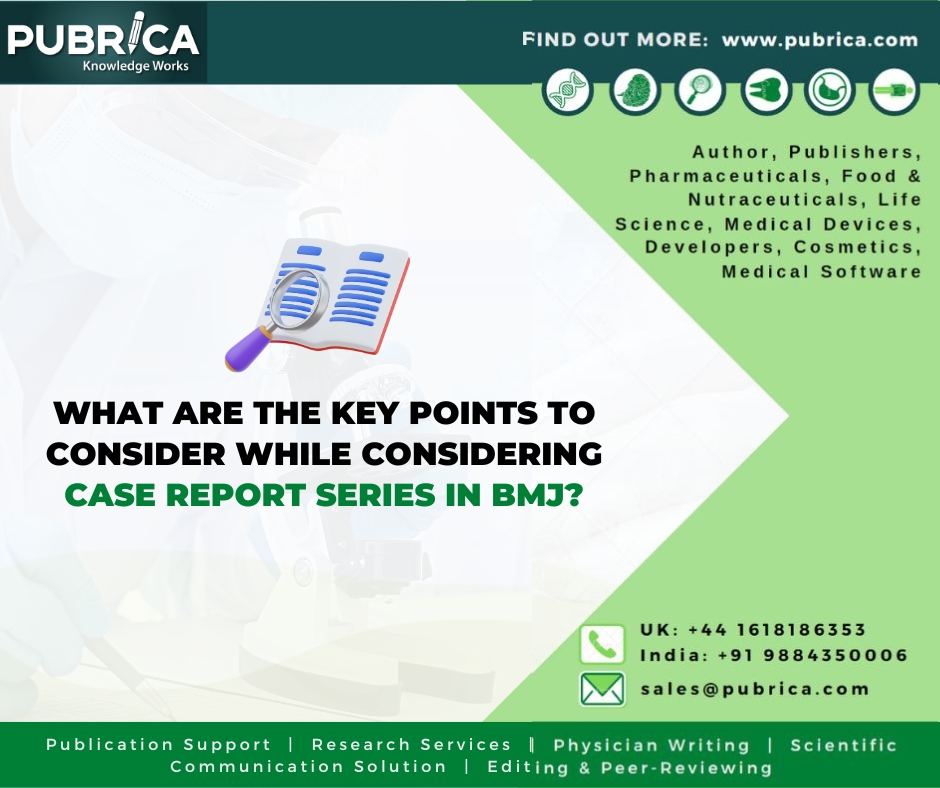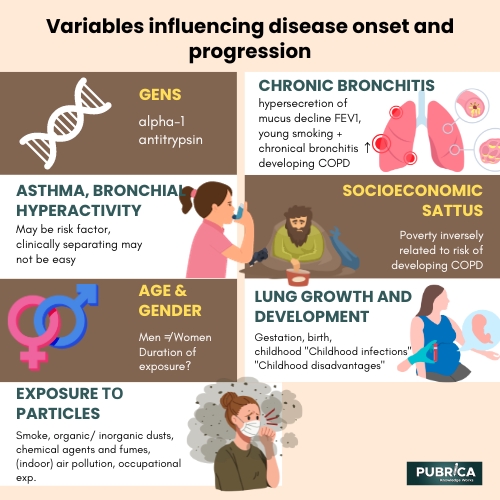
What are the key points to reflect while considering the case report series in BMJ?
November 16, 2023
What are the differences in publishing diabetes epidemiological manuscripts?
December 2, 2023In brief
Chronic obstructive pulmonary disease (COPD) prevalence has been thoroughly investigated, particularly in Western Europe and North America. Few of these data are directly comparable because of survey discrepancies in the mix of research populations, disease diagnosis standards, and risk factor definitions. Few community studies have explored COPD phenotypes and incorporated methods of characterizing the illness other than spirometry.
Objectives
The purpose of this theme is to give suggestions for the conduct of general population studies on COPD in order to promote comparative and credible estimations of COPD prevalence by various risk variables.
Diagnostic criteria in epidemiological contexts, as well as standardized procedures for examining the disease and its associated risk factors, are reviewed. This blog also provides practical guidance for organizing and carrying out epidemiological research on COPD.
Introduction:
Chronic obstructive pulmonary disease (COPD) is now the fourth leading cause of mortality globally. The illness is anticipated to reach third place by 2020. COPD prevalence has been thoroughly researched, particularly in Western Europe and North America. However, few of the data are directly comparable due to changes in the surveys’ makeup of study populations, illness diagnosis standards, and risk factor definitions. Only lately has the Burden of Obstructive Lung Diseases (BOLD) project given similar data from a significant number of nations. There is little data on the prevalence of COPD in Eastern Europe.

Recommendations on COPD diagnosis
Several recommendations on COPD diagnosis and management have been published. However, there are no current recommendations for conducting research on COPD prevalence and severity in the general community, covering population sampling, collecting, and quality control, as well as standardized methods for providing information on possible risk factors for COPD. Smoking, occupational airborne exposure, and indoor and outdoor air pollution are all risk factors, as are socioeconomic status, family history, diet, infections, and comorbidities. A standardized technique for conducting epidemiological COPD research might make it easier to compare populations in Western and Eastern Europe.
In respiratory research design, various epidemiological studies can be conducted to understand the patterns, causes, and impact of respiratory diseases in populations. Here are some common types of epidemiological studies in respiratory research:
- Cross-Sectional Studies
- Case-Control Studies
- Cohort Studies
- Longitudinal Studies
- Intervention Studies (Clinical Trials)
- Ecological Studies
- Occupational Studies
- Genetic Studies
- Surveillance Studies
- Meta-analyses and Systematic Reviews
These epidemiological studies play a crucial role in advancing our understanding of respiratory diseases, guiding public health interventions, and informing clinical practice.
Operational diagnostic criteria of COPD
Previous COPD population studies utilized a range of operational diagnostic criteria, most of which were based on lung function, respiratory symptoms, and clinical examination. In community research, any operational criteria should be valid, repeatable, and simple to use. Obstructive abnormality is defined as a ratio of forced expiratory volume in 1 s (FEV1) to slow vital capacity (SVC) less than the 5th percentile of the normal distribution in the American Thoracic Society (ATS)/ERS report on interpretation methodologies for lung function tests. The Global Initiative for Chronic Obstructive Lung Disease (GOLD) criterion of FEV1/forced vital capacity (FVC) is 0.70, and the British Thoracic Society (BTS) standard of FEV1/vital capacity (VC) 70% and FEV1 80% of projected value deviate from this definition.
- Lung function
Lung function measurements should follow ATS/ERS recommendations, with COPD staging based on airflow limitations. clinical epidemiology and biostatistics guidelines by ATS/ERS and GOLD present arbitrary categories and cut-off points.
- Respiratory symptoms
Data on respiratory symptoms is crucial for understanding COPD phenotypes, as cough and sputum production may dominate clinical pictures in some patients, while dyspnoea may dominate in others. These symptoms may precede spirometric airflow limitation, clarify asthma, and improve prognosis in COPD GOLD Stage 1 patients. Combining spirometry and symptoms can enhance COPD phenotyping.
- Biomarkers
A biomarker is a biological marker that may be examined and assessed objectively as a sign of normal biological processes, pathological processes, pharmaceutical or pharmacological reactions to a therapeutic intervention.
- Phenotypes of COPD
The term “phenotype” refers to the outward physical manifestation of COPD patients, everything that is visible in their structure, function, or behaviour. This provides a framework for documenting the unique features of COPD patients.
This statement emphasizes the importance of thorough planning, standardized methods, and quality control in COPD surveys to improve data quality, compare results, and improve publication chances. It recommends collecting biological markers and measuring various COPD patient characteristics for comprehensive understanding.
To know more about systematic review services, check our academy definition of systematic observational study.
Conclusion:
In summary, a diverse array of epidemiological studies serves as essential tools in respiratory research, offering insights into the prevalence, causes, and progression of respiratory diseases. Cross-sectional studies provide a idea of respiratory health, while case-control and cohort epidemiological studies unravel associations and temporal relationships. Longitudinal analyses capture the dynamic nature of respiratory conditions over time, and intervention studies gauge the efficacy of treatments. From ecological examinations of environmental influences to genetic inquiries into predispositions, these studies collectively contribute to our comprehensive understanding of respiratory health. The findings from such research not only shape public health strategies but also inform clinical interventions, facilitating strides towards improved respiratory outcomes on a global scale.
Check our Examples to get an understanding of our adaptability across systematic review topics and subject domains.
About Pubrica
Pubrica’s team of researchers and authors create scientific and medical research services that may serve as a valuable resource for practitioners and authors. Our systematic review at Pubrica is more structured at each stage of writing, and we ensure that the rigour is critically checked using common methodological checklists such as PRISMA, CASP, AMSTAR, and ARIF, among others, depending on the checklist supplied. Our professionals understand the framework that begins with a broad topic, an issue, and a backdrop and progresses to a small topic to present the hypothesis.
References
- Antoniou, Evangelia E., et al. “Nine human epidemiological studies on synthetic amorphous silica and respiratory health.” Toxicology Letters (2023).
- Egnot, Natalie Suder, et al. “Systematic review of epidemiological studies evaluating the association between exposure to man-made vitreous fibers and non-malignant respiratory diseases.” Regulatory Toxicology and Pharmacology 139 (2023): 105361.



